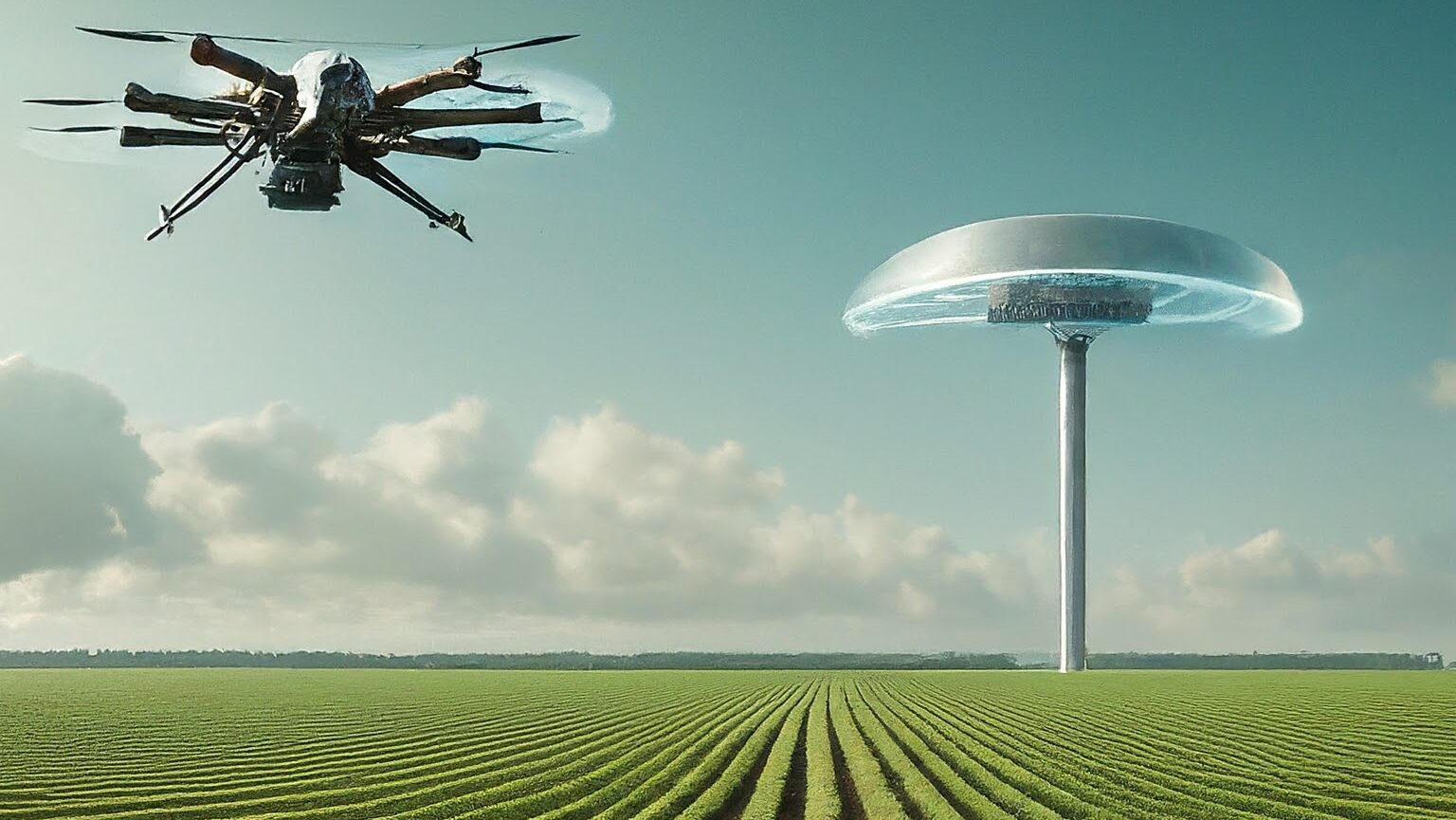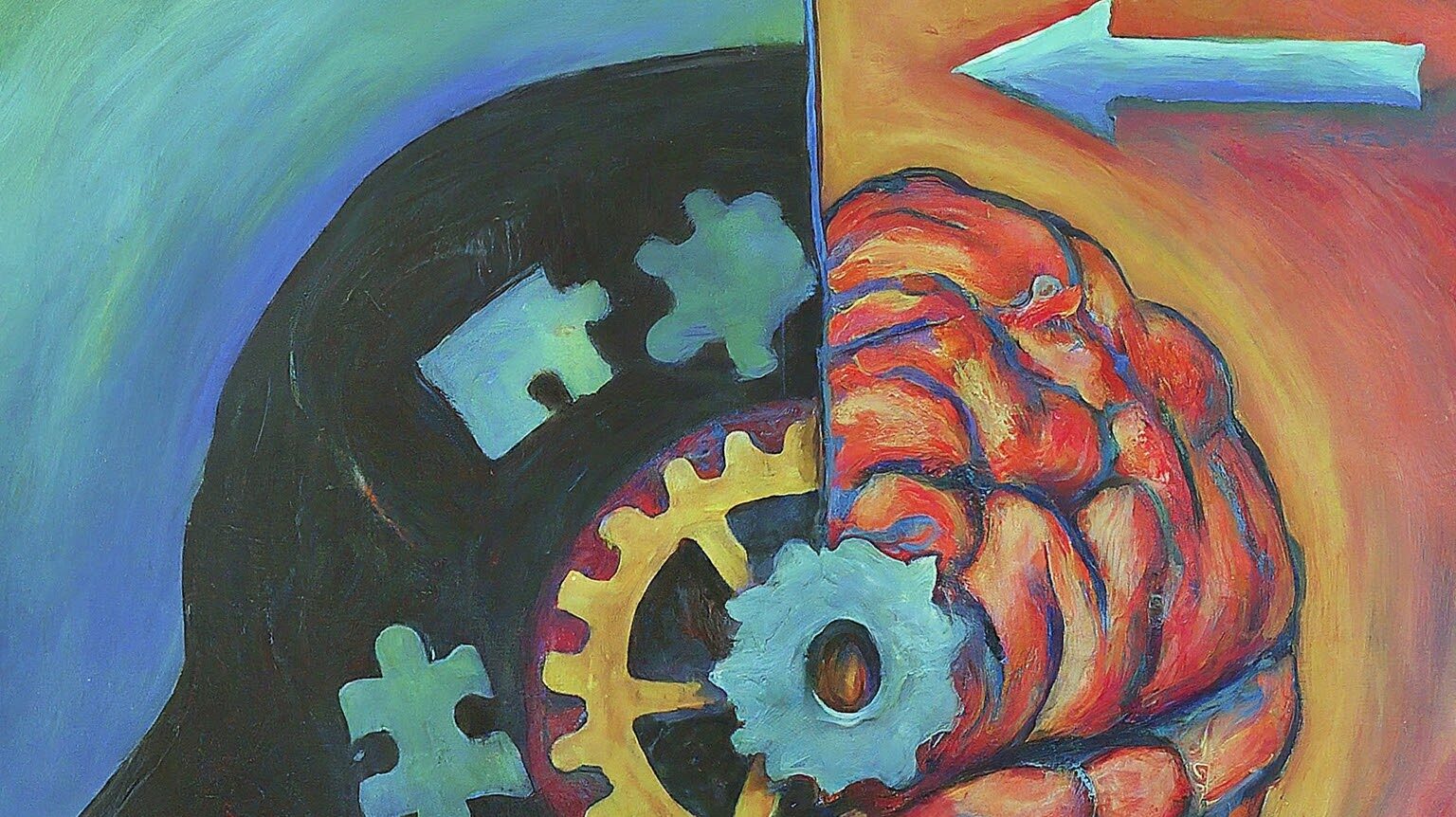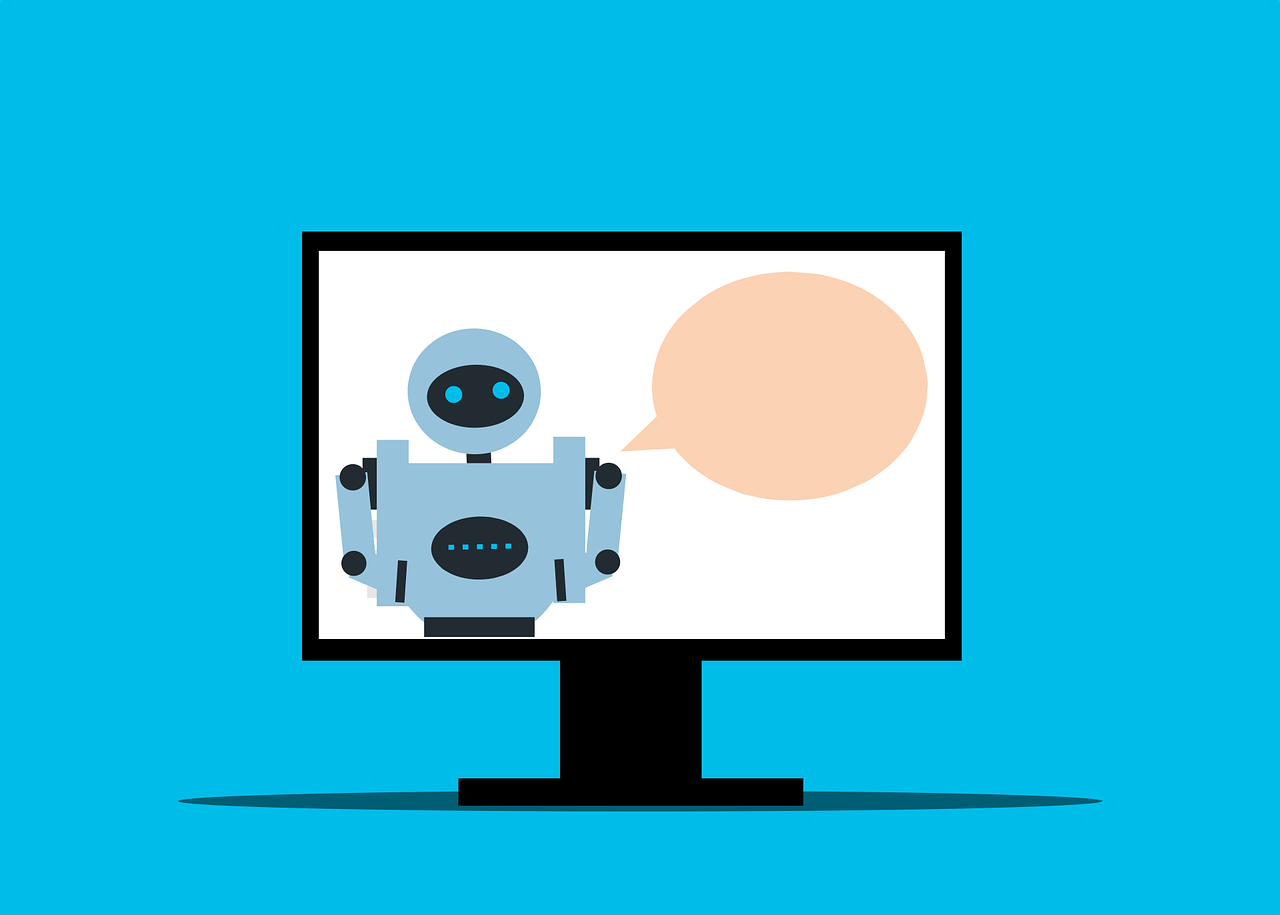The agriculture industry is undergoing a technological transformation driven by the convergence of Internet of Things (IoT) and Artificial Intelligence (AI). These technologies are addressing critical challenges such as climate change, population growth, and food security, leading to the development of sustainable farming practices. This article explores how IoT and AI are revolutionizing agriculture, supported by case studies that illustrate their impact.
The Role of IoT in Agriculture
IoT refers to the network of physical devices embedded with sensors, software, and connectivity to collect and exchange data. In agriculture, IoT enables real-time monitoring and management of farming operations, resulting in enhanced efficiency and sustainability.
1. Precision Farming: IoT devices collect data on soil moisture, temperature, humidity, and nutrient levels, allowing farmers to apply water, fertilizers, and pesticides precisely when and where needed. This reduces resource usage and increases crop yields. For example, soil moisture sensors can alert farmers to irrigate only when necessary, avoiding overuse of water.
2. Smart Irrigation: IoT-enabled irrigation systems use soil moisture sensors and weather data to optimize water usage. This leads to significant water savings and ensures crops receive the right amount of water. Advanced systems can adjust irrigation schedules automatically based on real-time data, ensuring optimal crop growth.
3. Livestock Monitoring: IoT devices such as GPS collars and health monitors track the location, health, and activity of livestock. This helps in improving animal health and reducing losses. For instance, health monitors can detect early signs of illness, enabling timely veterinary intervention.
4. Supply Chain Management: IoT technologies track agricultural products from farm to market, ensuring transparency and reducing food waste through better inventory management. By monitoring the storage conditions and transit environment, farmers can ensure the quality of their produce is maintained until it reaches consumers.
The Role of AI in Agriculture
AI involves the use of algorithms and machine learning to analyze data and make predictions or decisions. In agriculture, AI helps in various ways:
1. Crop Monitoring and Disease Detection: AI-powered drones and satellites capture images of fields, which are then analyzed to detect crop diseases, pests, and nutrient deficiencies. Early detection allows for timely intervention. AI can differentiate between healthy and diseased plants, enabling targeted treatments.
2. Yield Prediction: AI models analyze historical data, weather patterns, and soil conditions to predict crop yields. This helps farmers plan better and optimize their resources. Accurate yield predictions can inform decisions on planting, harvesting, and market strategies.
3. Automated Farming Equipment: AI-driven machinery, such as autonomous tractors and harvesters, perform tasks like planting, weeding, and harvesting with high precision, reducing labor costs and increasing efficiency. These machines can operate continuously and adapt to varying field conditions.
4. Market Analysis: AI tools analyze market trends and prices, helping farmers make informed decisions about when to sell their produce to maximize profits. By understanding market dynamics, farmers can time their sales to achieve the best possible prices.
Case Studies in Smart Agriculture
Case Study 1: John Deere’s Precision Agriculture
John Deere, a leading manufacturer of agricultural machinery, has integrated IoT and AI into its equipment. Their precision agriculture solutions include:
- AutoTrac: An automated steering system that uses GPS data to guide tractors with sub-inch accuracy, reducing overlap and saving fuel and inputs.
- Field Analyzer: A tool that collects data from sensors on equipment and fields, providing farmers with insights to make data-driven decisions.
Impact: Farmers using John Deere’s precision agriculture solutions have reported up to 10% increase in crop yields and 15% reduction in input costs.
Case Study 2: Smart Irrigation with Netafim
Netafim, an Israeli company, specializes in smart irrigation solutions. Their system uses IoT sensors and AI algorithms to monitor soil moisture and weather conditions, optimizing irrigation schedules.
Impact: A pilot project in India showed that Netafim’s smart irrigation system reduced water usage by 30% and increased crop yields by 20%, demonstrating the potential for sustainable water management in agriculture.
Case Study 3: Livestock Monitoring by Allflex
Allflex, a subsidiary of MSD Animal Health, provides IoT-enabled livestock monitoring solutions. Their systems include ear tags and collars that track animal health, activity, and location.
Impact: Farmers using Allflex’s technology have seen a 10-15% increase in milk production due to improved health monitoring and timely interventions for their dairy cattle.
Case Study 4: Indian AgriTech Pioneer – CropIn
CropIn Technology Solutions, an Indian AgriTech company, leverages IoT and AI to provide end-to-end farm management solutions. Their platform, SmartFarm, offers:
- Farm Management: Real-time data on weather, soil, and crop conditions to help farmers make informed decisions.
- Predictive Analytics: AI algorithms analyze data to predict crop yields, pest outbreaks, and disease risks.
- Remote Sensing: Use of drones and satellites to monitor crop health and soil conditions.
Impact: CropIn’s technology has been implemented in over 2.1 million acres of farmland across India, benefiting over 2 million farmers. Farmers using CropIn have reported a 30% increase in productivity and a 20% reduction in input costs. For example, the Pradhan Mantri Fasal Bima Yojana (PMFBY) scheme in India, which uses CropIn’s technology for crop insurance assessments, has seen significant improvements in accuracy and efficiency.
Future Trends in Smart Agriculture
1. Integration of Blockchain: Blockchain technology will enhance supply chain transparency, ensuring traceability from farm to fork. This can improve food safety and build consumer trust.
2. Advancements in Robotics: Continued development of AI-powered robots will further automate labor-intensive tasks, increasing efficiency and reducing the need for manual labor.
3. Data-Driven Decision Making: The combination of IoT and AI will provide even more precise and actionable insights, driving sustainable practices. Farmers will be able to make real-time decisions based on comprehensive data analysis.
Conclusion
The integration of IoT and AI in agriculture is revolutionizing the industry, making farming more efficient, sustainable, and profitable. Through precision farming, smart irrigation, livestock monitoring, and more, these technologies are addressing critical challenges and paving the way for the future of agriculture. The case studies of John Deere, Netafim, Allflex, and CropIn demonstrate the tangible benefits of smart agriculture, highlighting the potential for widespread adoption and impact. As these technologies continue to evolve, they will play an increasingly vital role in ensuring global food security and sustainability.





